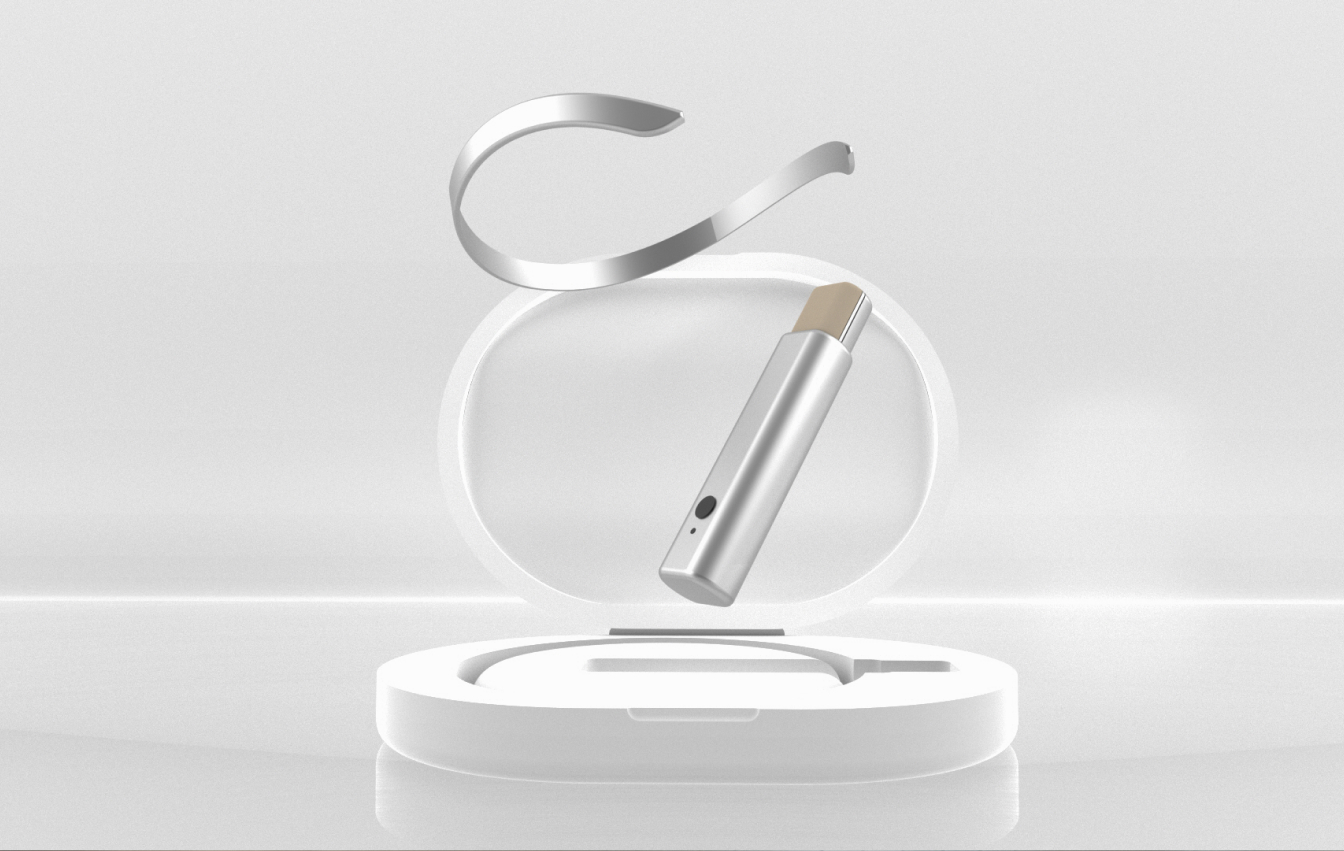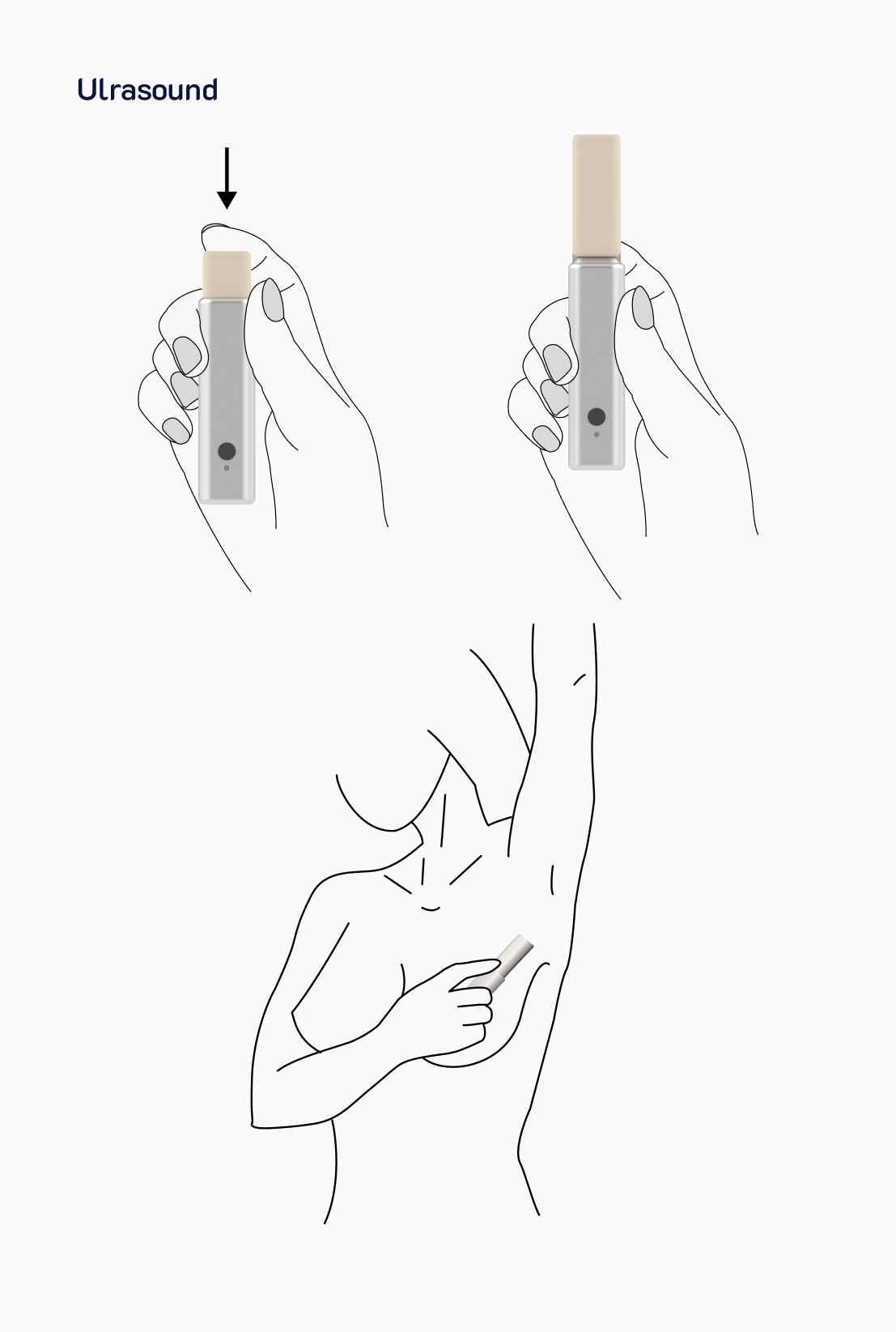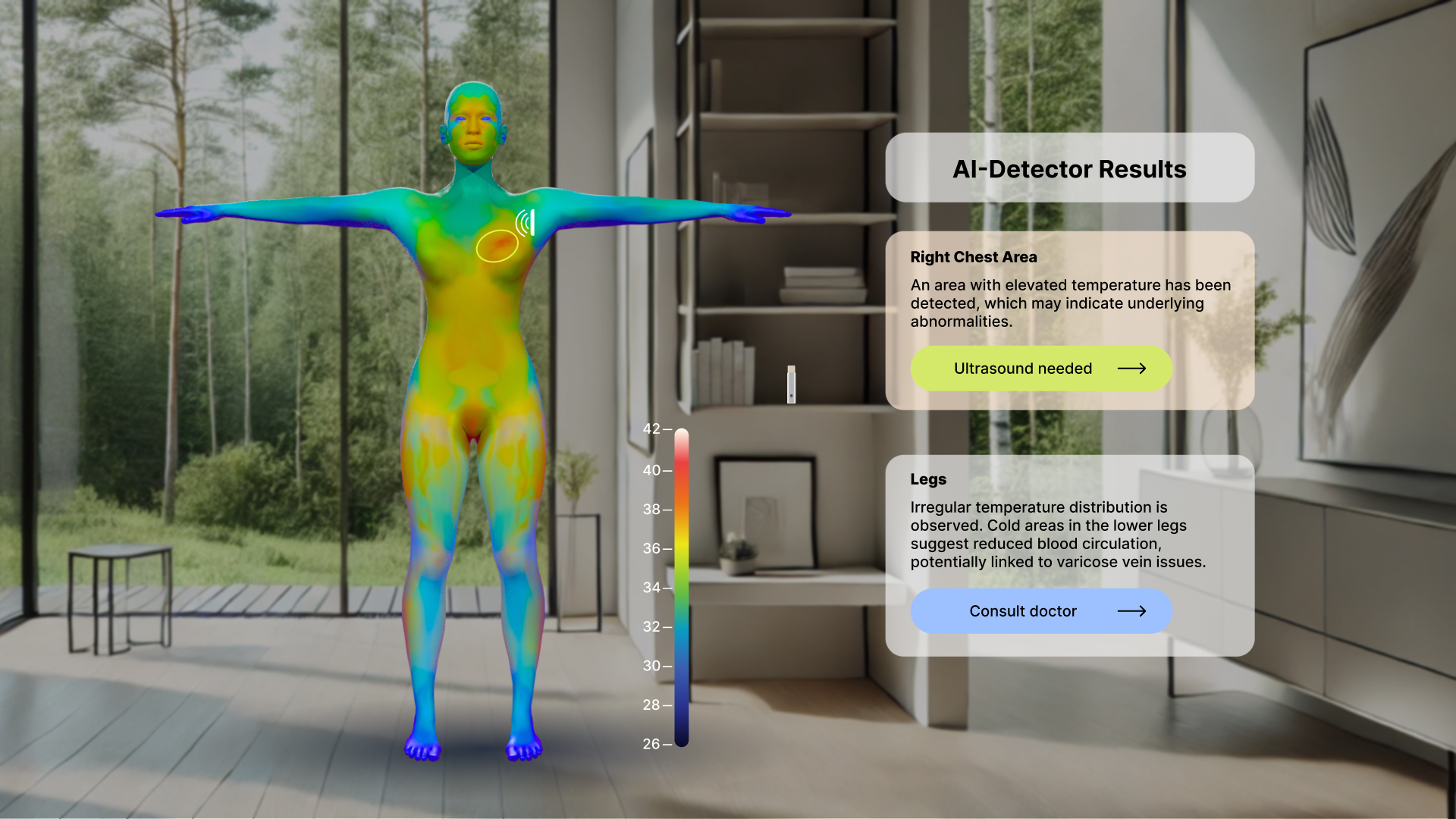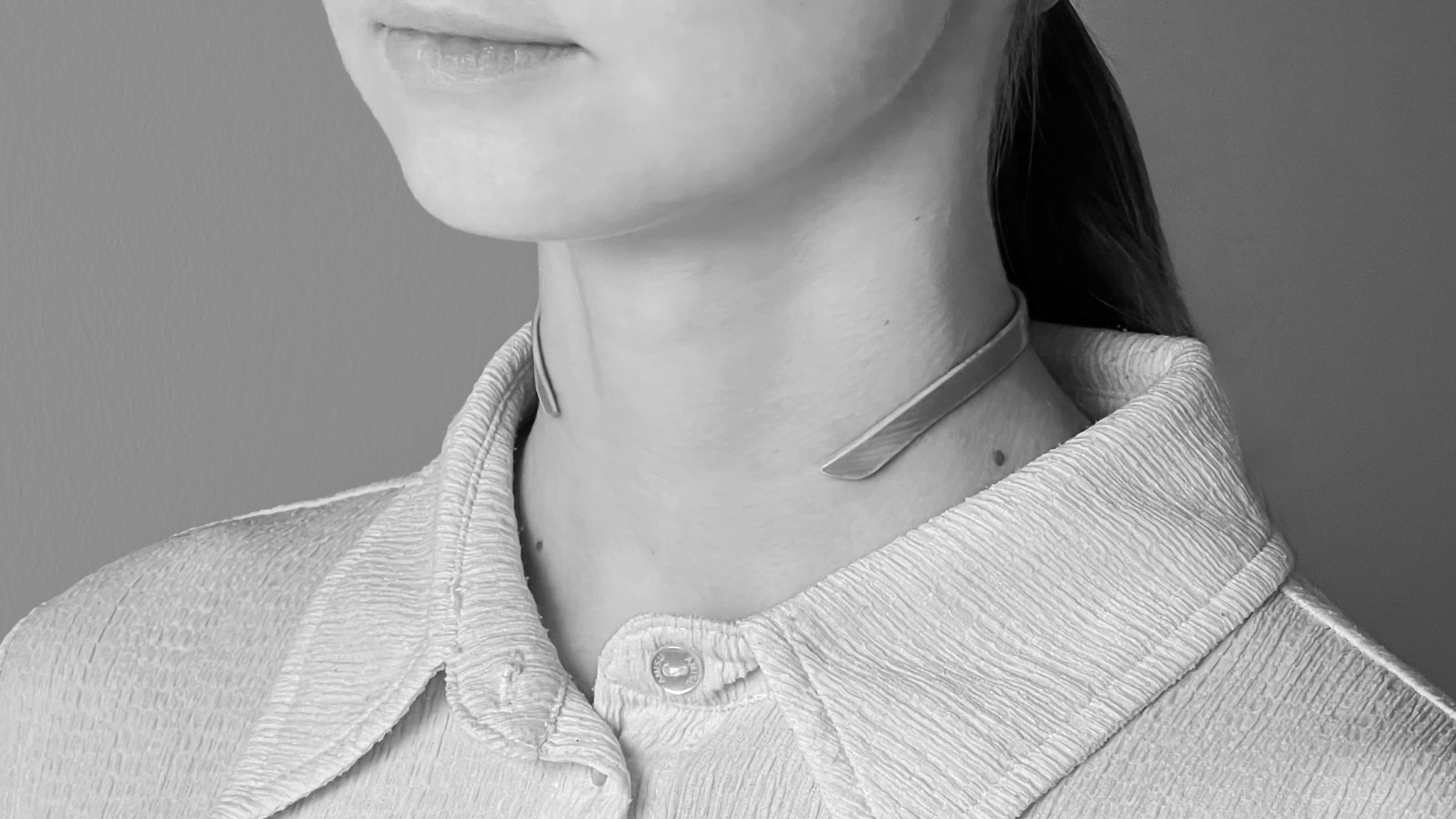Medical health project
Year
2024
Category
Healthcare Design
be patient is a visionary concept for a portable diagnostic system that reimagines early disease detection. Designed to seamlessly integrate into everyday life, the device combines thermography, ultrasound, and biometric sensors to identify abnormalities at an early stage. An augmented reality interface ensures precise positioning, while AI-driven analysis translates complex data into actionable insights. This concept explores the intersection of industrial design, digital health, and user experience, demonstrating how technology can make proactive healthcare more intuitive, accessible, and efficient.
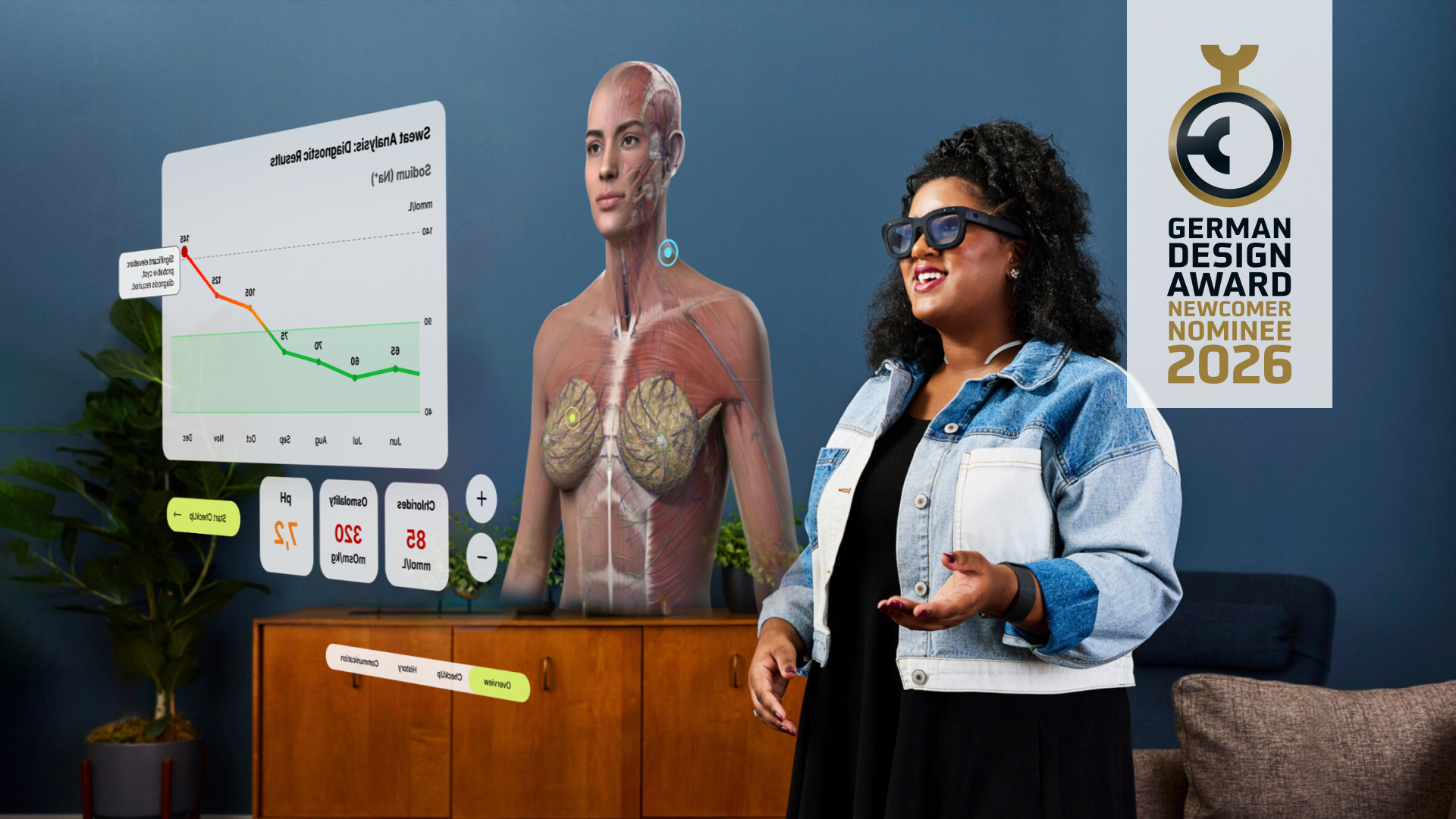
Access to timely medical diagnostics is often limited by long waiting times, overcrowded hospitals, and geographic barriers. Early-stage diseases, such as breast cancer, are frequently missed until they progress, reducing survival rates and increasing treatment complexity. Many patients face delays caused by travel, scheduling, and systemic inefficiencies—sometimes with severe consequences. The challenge was to explore how technology could bring early, accessible, and reliable diagnostics directly into everyday life.
The project introduced be patient, a visionary concept for a portable diagnostic system combining thermography, ultrasound, and biometric sensors. Thermography detects abnormal temperature patterns, ultrasound provides precise imaging, and AI analysis translates data into clear insights. An augmented reality interface ensures accurate device placement, while integrated communication tools connect patients and doctors directly. This system demonstrates how industrial design, AI, and UX can merge to create intuitive, proactive healthcare that empowers early detection without replacing the essential role of medical professionals.
The concept showed how diagnostics could shift from hospitals to the home, giving patients greater control while supporting doctors with accurate, structured data. It highlights the potential to reduce late-stage diagnoses, lower treatment costs, and improve survival rates through early intervention. By integrating technology with patient-centered design, the project illustrates a future where preventive healthcare is more accessible, efficient, and human-centered.

